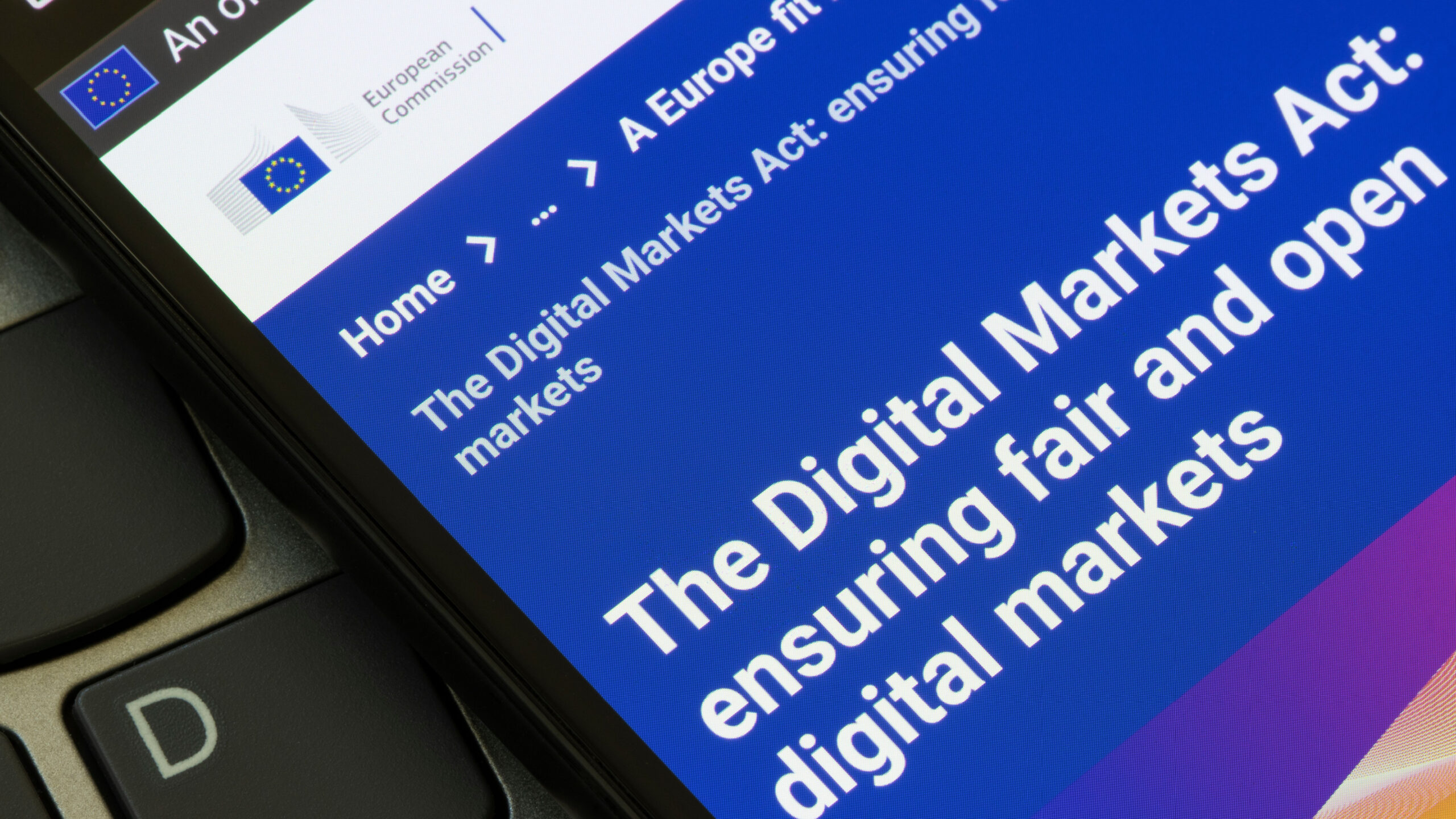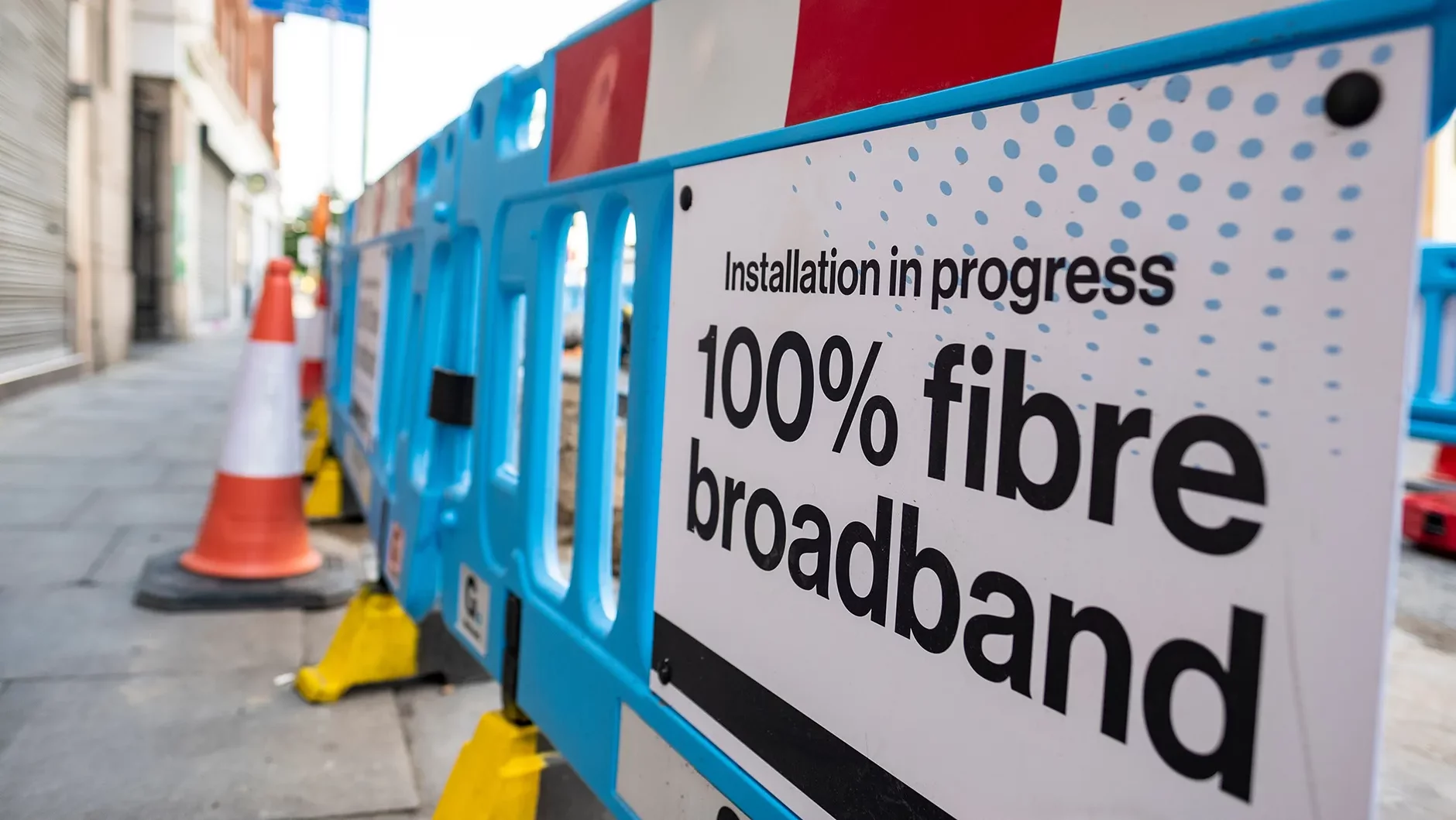Where We’re Going, We Don’t Need Cable
After decades of dominance, the cable bundle is in decline. Once practically a universal feature of U.S. homes, traditional cable has seen a clear and steady drop in subscribers since 2012, while newer services operating online have risen to become the primary resources for content consumption [1, 2, 3]. Often referred to as “cord-cutting,” a greater number of consumers are moving to newer forms of on-demand media consumption that cost far less and often provide more than linear “push” programming exemplified by the cable model. This transition is mostly due to technology-enabled disruption from (1) subscription video on-demand services (sVODs) that charge subscription fees for on-demand access to pre-aggregated and non-linear content; and (2) virtual multichannel video programming distributors (vMVPDs) that have multiple plan options for premium and linear content, similar to cable companies, in accessing packs of channels. Unlike cable, vMVPDs allow far greater control for the consumer to create their own bundles at a cost closer to sVODs. In this post, I refer to both of these services together as “online video offerings.”
How we got here: the age of cord-cutting
The current decline of cable and the rise of streaming services have come about through two key actions by cable providers: (1) adherence to large and costly bundles that are lucrative for their businesses but often not worth the price for consumers, illustrated by a continued focus on sports and live programming; and (2) recognition of the market disruption by online video offerings, yet hesitation to adopt those services for fear of hurting their means of profitability. The state of the market now is the result of these factors compounded with the success of varied online video offerings such as Netflix, Sling TV, Amazon Prime, YouTube Premium, Layer3 TV, Hulu, DirecTV Now, and PlayStation Vue, among over 200 others, with 87% offering some form of a subscription option.
With big bundles of channels and a lack of alternatives between competing services, cable providers’ model became outdated and pricier for the consumer than emerging online video offerings. In an attempt to boost their less popular programming, content creators and cable providers bundled channels that consumers wanted with dozens of their lesser-viewed kin, committing consumers to large, costly bundles. Cable also pursued live sporting events and other live programming as a competitive edge, which further added to the cost to consumers. While the newer services provided only some of the same content found in one’s former cable package, they did so at a fraction of the price.
As market incumbents, cable companies declined to compromise their strategy in light of online video offerings; doing so would have risked their business model and capital on unproven practices. While this disinclination to adopt streaming services preserved their cash cows (e.g. channel bundling, control over set-top boxes), it also dated cable in comparison to these new services offering slimmed down content packages hosted on the content consumption devices of the future (e.g. phones, tablets, laptops, smart TVs) at fractions of the cost. At the same time, cable held an asset that many online video offerings didn’t: original content. Cable providers and content companies saw the potential for quick payouts licensing content and were quite willing to sell the rights to their older content for the immediate influx of cash that companies such as Netflix offered. When content suppliers licensed their most valuable properties, they thought doing so would give them a nice payout and spark interest in the most up-to-date programming of their content. However, this provided online video offerings with highly valued content when these services had little of their own, aiding them in building a loyal user base.
As they have grown, online video offerings have increased their subscribers by expanding their libraries and developing their own often well received original content. Some of these services also provide their library of content to the consumer all at once; they are not constrained by linear programming. The ability to view content whenever you so choose was a huge shift in how people consume content. Additionally, many online video offerings operate internationally and their capability to provide diverse global and domestic content to subscribers in various locations is another competitive advantage over cable providers.
Cable providers had far more to lose taking a chance on online video offerings while these new up-and-coming services had little to lose in comparison and everything to gain. Not only were cable providers unable to expediently integrate online video offerings into their business model, but they also continued to pursue their aging business model in the wake of these new online video offerings. All of this led to online video offerings outpacing the efforts of traditional cable providers and cementing a new standard for content consumption.
Where we’re heading: the effects of this tech-enabled disruption
Viewing habits are shifting away from the cable model of the past. Consumers want greater choice in what and how they watch, and online video offerings are the services of the future. Due to the disruption of this market generated by the many online video offerings, cable companies, while not dying out anytime soon, have seen their position weaken even further and are now creating online video offerings of their own [1, 2]. Many content creators and legacy media creators are seizing the opportunity present in the marketplace as well and have either already created their own services or are in the process of doing so [1, 2]. Finally, we’re seeing a myriad of companies producing devices — Roku, Apple TV, Amazon Fire TV Sticks, and a variety of smart TVs — that allow consumers more options to access these new services.
While millions of viewers still have cable packages, the number of U.S. homes engaging with online video offerings has tripled over the last 5 years. In addition, 70% of these households also have a vMVPD, and nearly one third of subscribers to online video offerings hold 3 or more devices capable of accessing their online video offering’s content. New types of content are emerging, old and new content from varying sources are amassed and housed together, and consumers have greater variation and control over the avenues with which they can reach such content. The future of content consumption won’t be cable.








